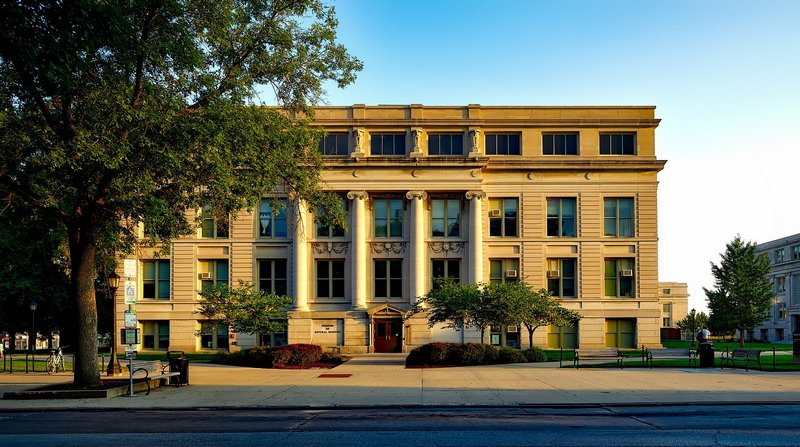Introduction:
Educational facilities, ranging from schools to universities, play a crucial role in shaping the future. Periodic renovations are necessary to maintain and improve these spaces, ensuring they meet the evolving needs of students and staff. However, conducting renovations in an educational setting while the building is still occupied presents unique challenges. This is where temporary wall panels, often referred to as adjustable wall panels, come into play. In this blog post, we will explore why these panels are needed, what qualities to look for when searching for them, and the numerous benefits they bring to educational buildings.
1. The Need for Temporary Wall Panels in Educational Renovations:
Renovations in educational facilities are a common occurrence, but they don’t always align with summer vacations or extended breaks when students are not present. This means that construction work can coincide with the academic calendar, requiring solutions that allow renovations to proceed without disrupting learning. Temporary wall panels are essential for several reasons:
• Construction Dust and Debris Containment: Renovations generate dust and debris, which can be hazardous and disruptive. Temporary wall panels help contain these particles, keeping them away from occupied areas, thereby maintaining a clean and safe environment.
• Renovations Year-Round: In educational settings, renovations may be necessary year-round to address critical needs. Temporary wall panels allow work to continue while minimizing disruptions to students and staff.
• Reduced Noise: Construction noise can be distracting and disruptive to learning. These panels create a barrier, reducing noise levels in classrooms and study areas, promoting a conducive learning environment.
2. Qualities to Look for in Temporary Wall Panels for Educational Renovations:
When considering temporary wall panels for educational renovations, look for the following qualities:
• Durability: Panels should be robust and able to withstand the rigors of construction work. They should be stable and not prone to shifting or collapsing.
• Ease of Setup and Takedown: Quick installation and removal are essential, as renovations can have tight schedules. The panels should be easy for contractors to work with.
• Normal Wall Appearance: Temporary wall panels should blend seamlessly with the existing architecture to maintain the aesthetic appeal of educational spaces.
• Adjustability: The ability to customize the panels’ size and configuration is crucial, as it allows for flexibility in accommodating different renovation needs.
3. Benefits of Using Temporary Wall Panels in Educational Buildings:
• Minimized Disruption: The most significant benefit of using temporary wall panels in educational settings is the ability to conduct renovations without causing significant disruptions to students and staff. Learning can continue in a relatively normal environment.
• Enhanced Safety: Temporary wall panels contribute to safety by containing construction dust and debris, reducing the risk of accidents or health issues related to exposure to these particles.
• Improved Learning Environment: By reducing construction noise and maintaining cleanliness, temporary wall panels contribute to a more conducive and focused learning environment.
• Cost-Effective: These panels provide a cost-effective solution compared to more extensive construction projects, allowing educational institutions to allocate resources efficiently.
Conclusion:
Temporary wall panels play a vital role in ensuring that educational renovations can be conducted smoothly, regardless of the academic calendar. They offer a practical solution to contain dust and debris, reduce noise, and create a safe and conducive learning environment. When choosing these panels, prioritize durability, ease of setup, adjustability, and the ability to blend seamlessly with the existing architecture. By utilizing temporary wall panels, educational institutions can enhance their facilities while prioritizing the well-being and learning experiences of their students and staff.

